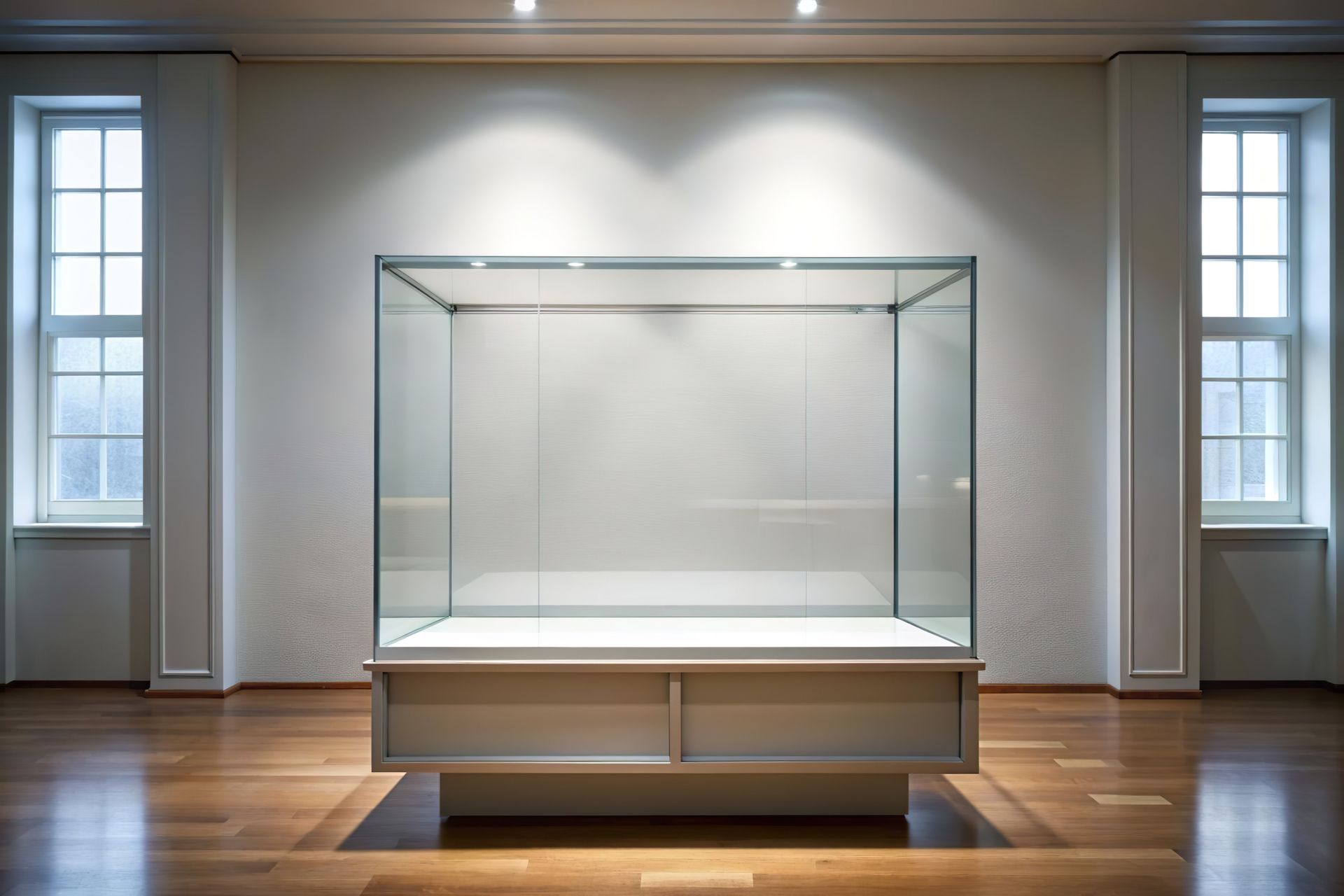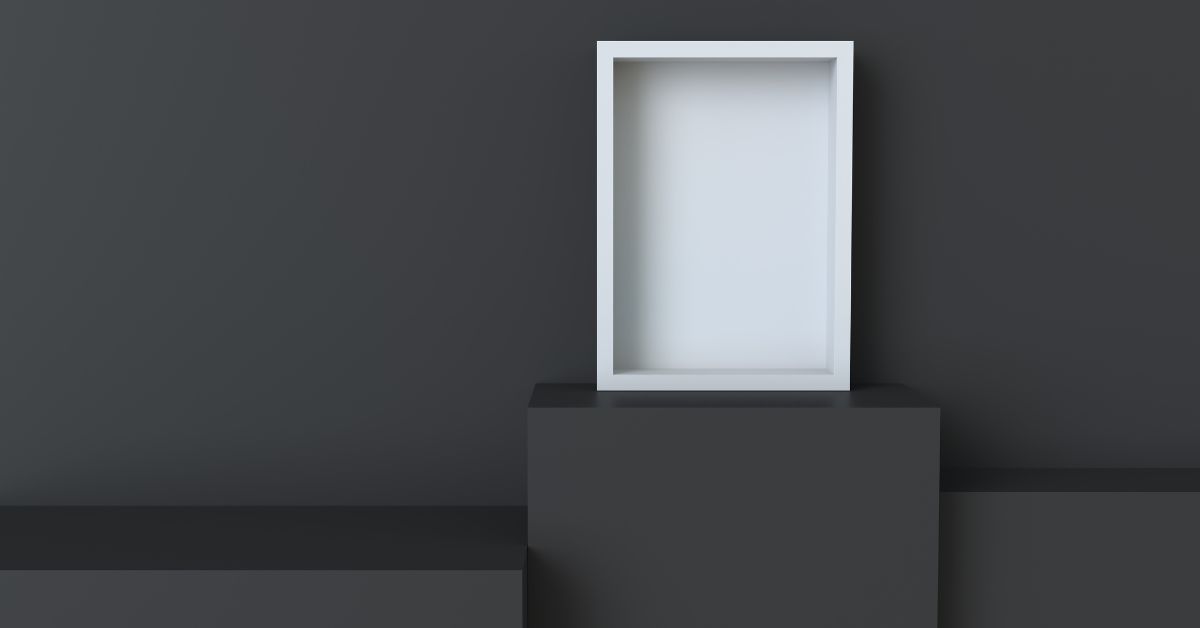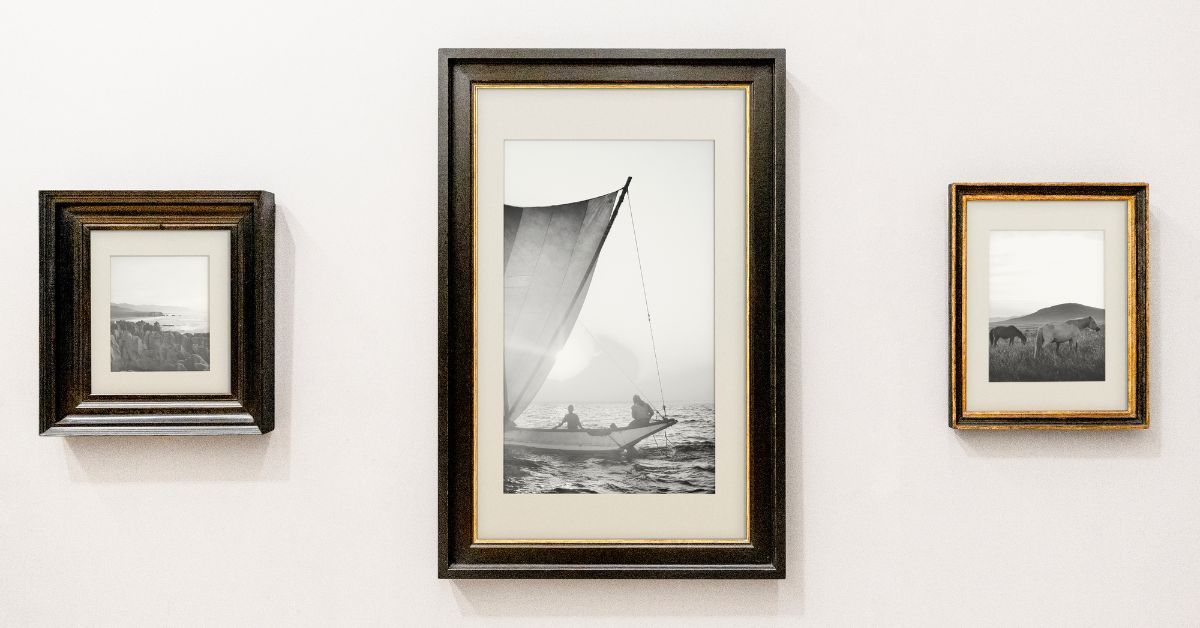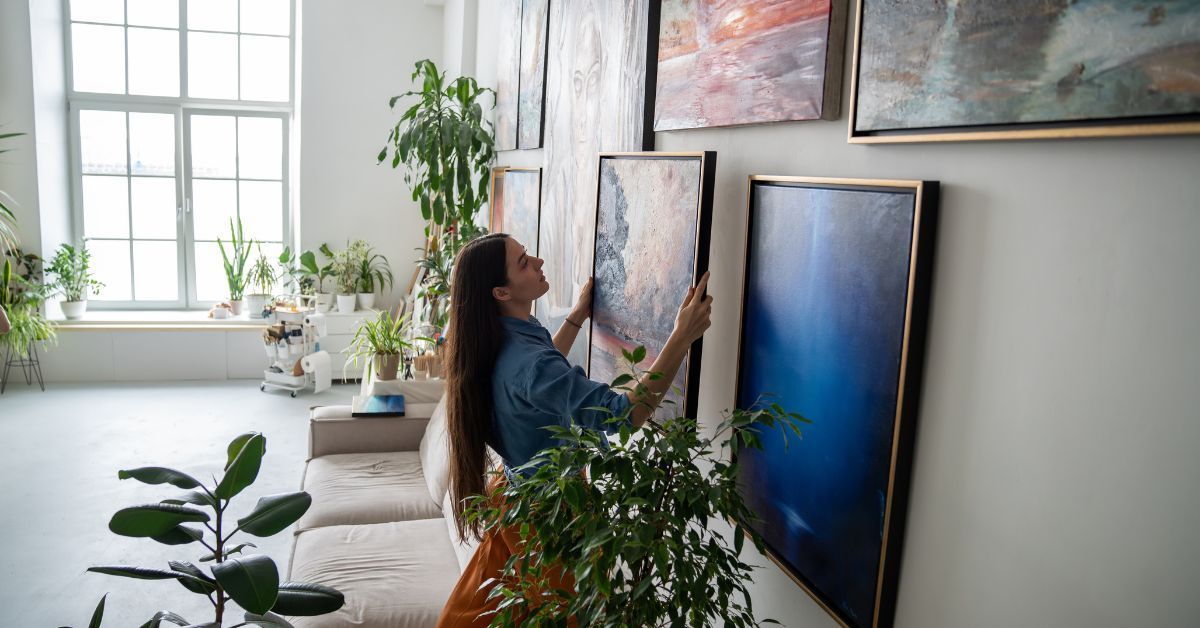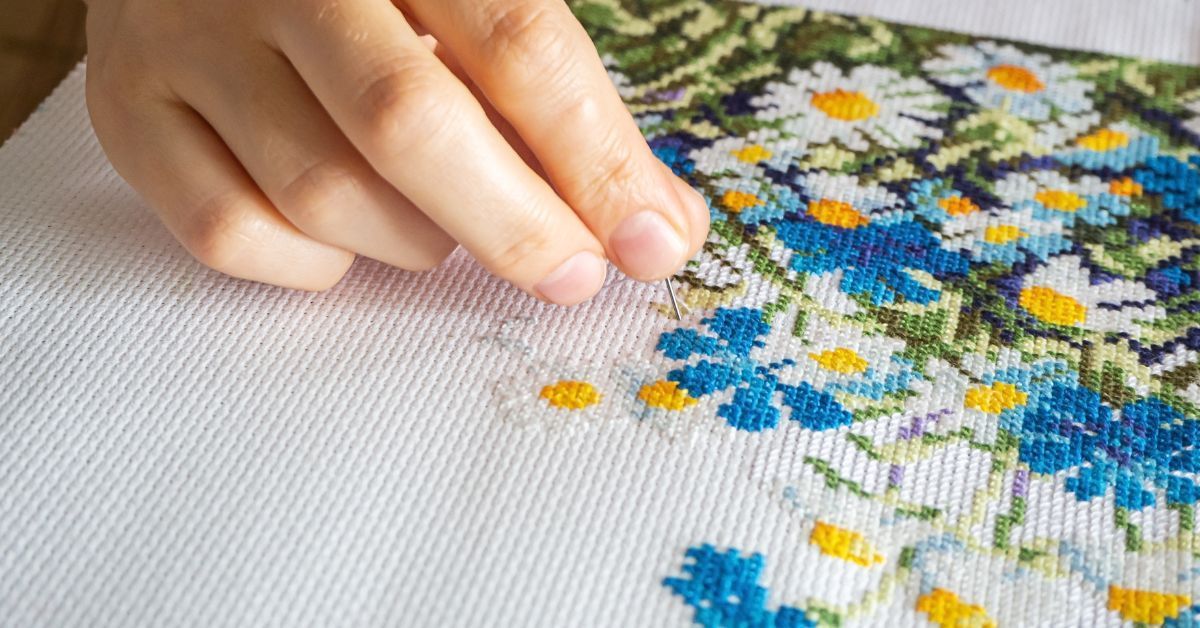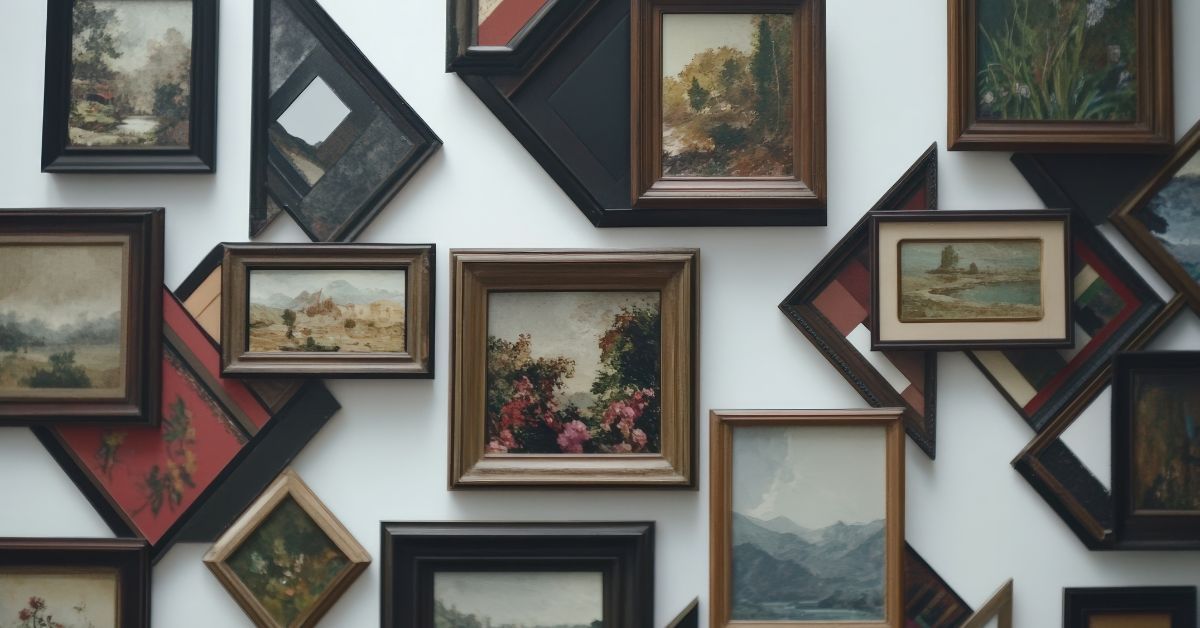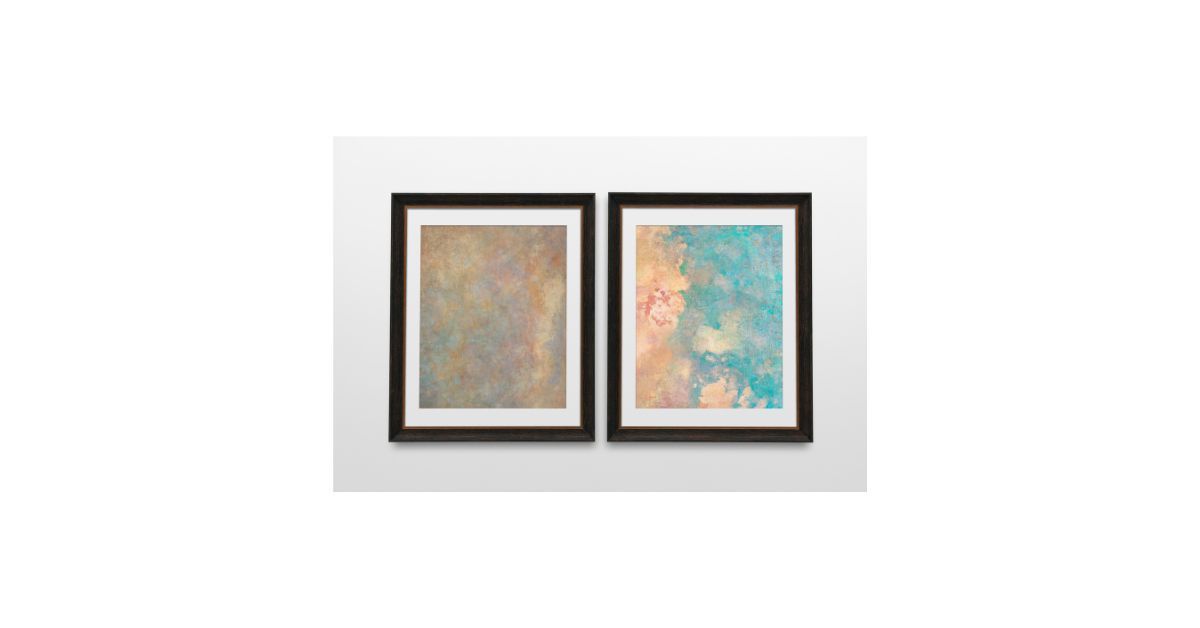Everything You Need To Know About Archival Framing
If you have fragile art pieces, don’t let them sit in a box! With archival framing, you can preserve your delicate photographs or artwork so that you can display them in any room of your home. Learn everything you need to know about archival framing to pick the right materials for your artwork.
Understanding the Fundamentals of Archival Framing
Standard framing materials often contain wood pulp and acids that can cause yellowing and brittleness over time, potentially transferring these damaging properties to your precious pieces. As a solution, archival framing uses museum-quality materials that meet specific conservation standards. These materials contain no acids, lignins, or other harmful chemicals that could harm your artwork.
The adhesives used in archival framing are removable and pH-neutral so that future conservators can safely separate your artwork from its mounting materials. By employing specialized materials and techniques, archival framing services protect your valuable artwork for generations.
The Science Behind Preservation
Archival framing relies on the science of conservation. Homes with large open windows or unregulated temperatures can harm decorative pieces because fluctuating humidity levels cause expansion and contraction cycles that stress artwork materials. UV-filtering glazing blocks harmful ultraviolet light that fades pigments and weakens paper fibers.
Temperature stability also prevents chemical reactions from breaking down organic materials. Archival framers create controlled environments within the frame itself, using materials that buffer against environmental changes and maintain stable conditions around your artwork.
Essential Materials for Proper Archival Framing
Creating an archival environment requires specific materials that work together to form a protective barrier around your artwork. Each component reduces moisture, humidity, and other external elements that can cause wear and tear.
Museum-Quality Matting Materials
Archival matting boards contain no groundwood, optical brightening agents, or residual acids that could migrate to your artwork. These boards undergo alkaline buffering, which neutralizes acids that might develop over time. The buffering agents act as a protective reservoir to maintain pH levels within safe ranges for decades.
For instance, rag boards, made from cotton fibers, provide the highest level of protection for valuable pieces. These materials contain natural alpha-cellulose that resists aging and maintains structural integrity far longer than wood-based alternatives. The manufacturing process removes impurities and lignins that cause yellowing and embrittlement.
Conservation-grade matting also includes specialized facing materials that create smooth, even surfaces against your artwork. These materials prevent texture transfer so that delicate surfaces remain undisturbed during handling and display.
Protective Glazing Options
Selecting the right glaze impacts the long-term preservation of your framed artwork. Museum glass offers the highest level of protection because it combines UV filtration with anti-reflective coatings that maintain visual clarity while blocking harmful radiation.
Acrylic glazing also provides impact resistance compared to glass options. This works well for large pieces that may be susceptible to movement or accidental collision. However, static charges can develop on acrylic surfaces, potentially attracting dust particles to the glazing interior.
Standard glass offers basic protection but lacks the UV filtering capabilities essential for long-term preservation. That’s why many framers will use conservation glazing that blocks 99 percent of UV radiation and allows accurate color perception of your artwork.
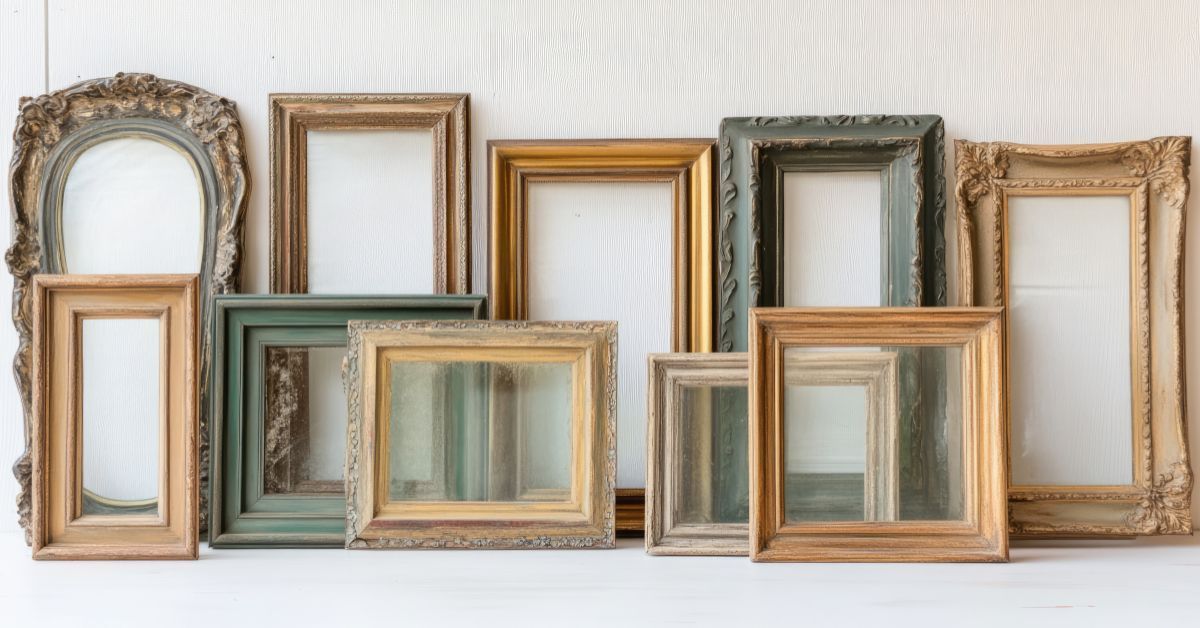
Professional Mounting Techniques for Artwork Protection
Proper mounting techniques secure your artwork to avoid damage from adhesives, pressure, or environmental stress. Find out what you need to know about mounting archival framing to make your artwork stand out and protect it.
Hinge Mounting Methods
Hinge mounting uses small tabs of Japanese tissue paper and wheat starch paste to attach artwork to mounting boards. This technique allows the piece to hang naturally and prevents expansion and contraction caused by humidity changes. Also, the reversible nature of wheat starch paste means that conservators can remove these hinges without leaving residue or causing damage to the original piece.
Archival specialists will use proper hinge placement to suit various environmental conditions. Thicker papers need different hinge configurations than delicate tissues, and watercolor papers require special consideration due to their textured surfaces.
Window Matting Configurations
Window matting creates a raised environment around your artwork. This technique prevents direct contact between the artwork and glazing, eliminating the risk of adhesion during temperature and humidity fluctuations.
The window opening dimensions require precise calculation to maintain the structural integrity of the matting system. For instance, multiple mat layers provide additional depth and visual interest while creating air space that improves environmental buffering around the artwork. Each layer contributes to the overall protective system.
Selecting the Right Frame Materials and Construction
Once you select the protective materials for your display, customize the frame to complement the style of the artwork and your interior design. Quality construction techniques and appropriate materials allow you to create the perfect displays in any room in your home.
Wood Frame Considerations
Hardwood frames are stable and offer extended longevity compared to softwood alternatives. Dense grain structures resist warping and maintain joint integrity under environmental stress. The natural oils in hardwoods like oak and maple resist insect damage while providing attractive grain patterns.
When choosing a finish for framing, consider how it might affect the air quality and the materials inside the frame. Finishes that are water-based typically release fewer chemicals into the air than strong solvents. This factor makes them a safer option for protecting your artwork and keeping it in great shape over time.
Metal Frame Alternatives
Comparatively, aluminum frames provide excellent dimensional stability and corrosion resistance, making them ideal for humid environments or long-term storage applications. The thermal expansion properties of aluminum closely match those of glazing materials to reduce stress at the frame-to-glazing interface.
Powder coating finishes on metal frames are durable, chemically stable surfaces that resist fading and corrosion. These finishes contain no volatile organic compounds once cured, which eliminates concerns about chemical interactions with artwork materials.
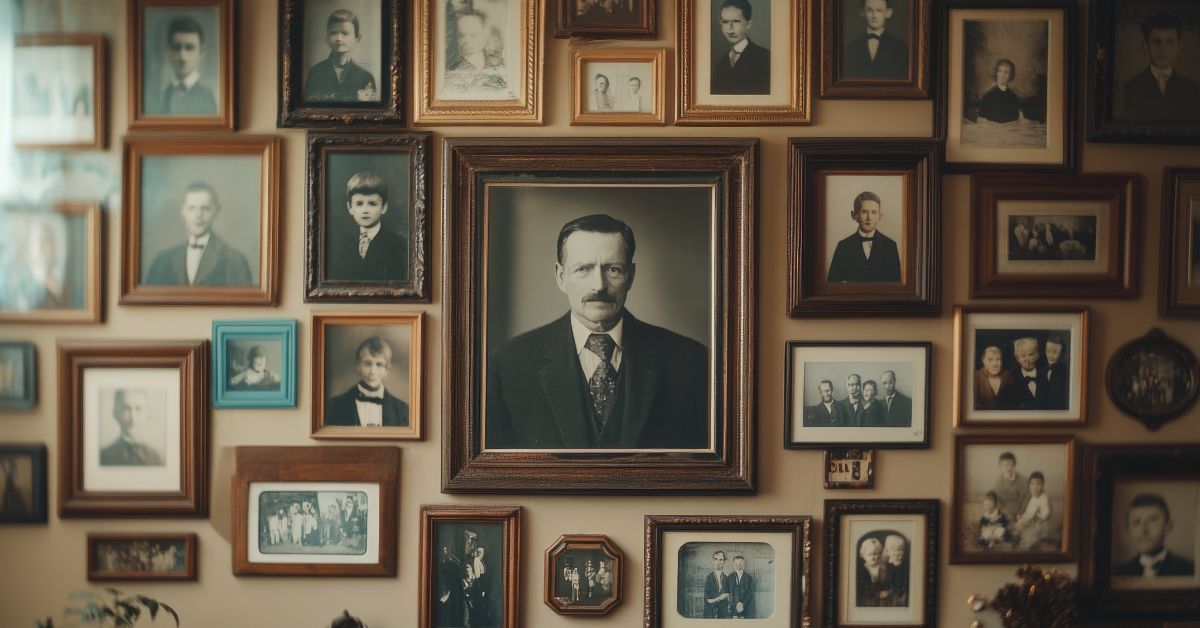
Maintenance and Long-Term Care Strategies
While these materials will protect your art from UV rays and moisture, proper maintenance boosts the functionality and longevity of your archival frames. Regular inspection and appropriate care techniques help identify potential problems before they cause permanent damage.
Regular Inspection Protocols
Check for signs of environmental damage, pest activity, or frame deterioration annually. Look for discoloration patterns, mold growth, or changes in artwork appearance that might indicate preservation problems. Also, inspect your frame for any loose joints that allow environmental infiltration and may indicate more serious structural problems.
Glazing surfaces need regular cleaning to maintain optical clarity and UV protection effectiveness. Wipe down the surface to remove accumulated dust and contaminants that could affect light transmission.
Environmental Factors That Affect Framed Artwork
The artwork’s location can also affect how well your frame will hold up. Too much light can fade colors, while humidity and temperature swings can damage materials or cause mold. Using LED lights, keeping humidity around 45-55 percent, and avoiding rapid temperature changes can protect framed pieces and keep them looking their best.
Archival framing requires a steady hand and reliable equipment to preserve the original quality of your artwork. That’s why our team at Complete Pictures works closely with our customers to provide custom picture framing services catered to their needs. Ready to create your next decorative piece? Contact our team for a consultation today!

